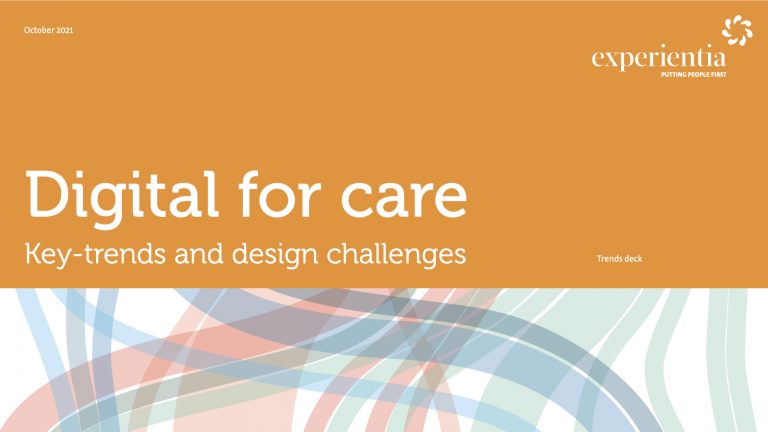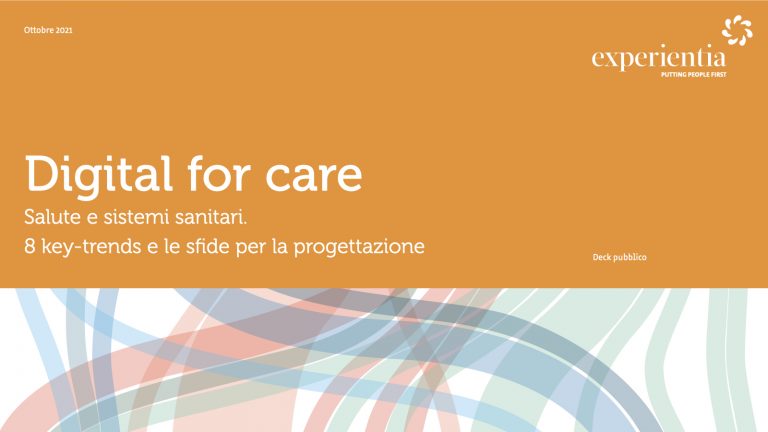Are you thinking what I’m thinking?

Rob Egerton and Jeanette Kaye of HRW write on why research needs to go beyond the individual’s perspective to get closer to the reality of behaviour.
“Two important theories – which many of you may have heard of – shed new light on how we can better access the reality of how people behave and challenge some of our orthodox approaches. These theories give us direction on how we can get better estimates of future intentions but also suggest that we should move away from just exploring why the individual respondent did what they did, but rather explore more widely how the dynamics of others around them influence what they do.
The 2004 publication by James Surowiecki raises the interesting notion that group decision-making or estimation is much more accurate than individual decision-making. […] Whenever exploring future behaviour, we shouldn’t just focus on how the individual respondent intends to behave in the future but rather how they think others will behave. Collating these responses from a wide crowd is likely to therefore be more accurate. […]”
The second theory, which challenges our traditional focus on exploring how the individual makes decisions, is that of group behaviour. In his book ‘I’ll Have What She’s Having’, author Mark Earls makes the claim that in determining how decisions are made, the influence of other people is often far more significant than the individual’s process of weighing up what they should do.



